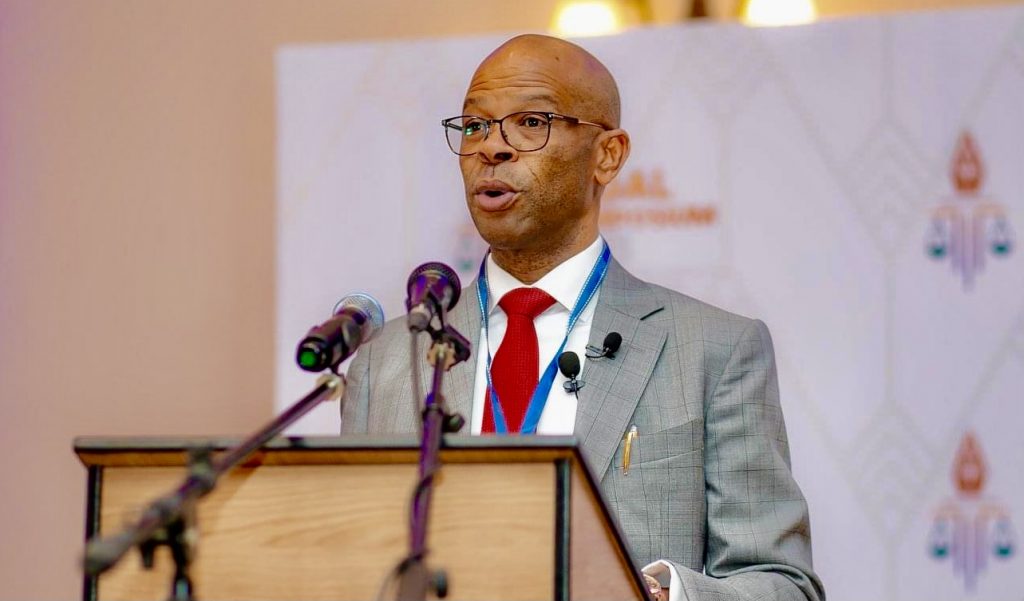Following two day deliberations into Zambia’s monetary policy posture, Central Bank Governor Christopher Mvunga announced that the rate decision committee had decided to keep rates tad at 8.5%. This was informed mainly by rising copper prices, improved investor flows especially in the government securities market which would shape inflation trajectory over the next eight quarters. Copper the metal used in electric wire manufacture has been on an aggressive rally hitting decade highs of $10,553/MT on the London Metal Exchange. The metal remains a bellwether for Zambia’s economic recovery pulse.
Read also: An inflation ebb could justify BOZ keeping rates tad at next MPC
The Bank of Zambia rate Monetary Policy Committee -MPC in the last meeting hiked the policy rate 50 basis points to 8.5% as it reigned in to curb a currency slide which at the time was exacerbating inflation to double digit highs. However the committee’s view around inflation has changed given increased flows from investors and projected dollar proceeds from higher red metal prices. The committee took into account the recent private sector pulse measure namely Purchasing Managers Index – PMI to 50.1 (April) the first expansion in 25 months.
Read also: Zambia’s private sector pulse expands for the first time in 26-months
Key risks to the copper producers growth remain to be spelt by pandemic effects as vaccine rollouts could be threatened by spikes in epidemiological posture of India the largest vaccine producer, weather transition into winter in light of both the existing and Indian variant and already existing structural and balance sheet vulnerabilities. Zambia is on the cusp of an IMF deal for an Extended Credit Facility a key precursor for successful debt restructure after defaulting 4 times on its dollar bond coupon payments. The red metal producers local currency Long Term Issuer Rating – LTIR credit rating improved to ‘CCC’ by Fitch from ‘CC’ supported by recency in domestic debt repayments.
Read also: The Copper Boom ‘Bellwether’ about Global and Zambia’s Recovery Pulse
Credit risks remain elevated weighed by dollar scarcity in unsatisfied backlogs despite non performing loans subsiding to 10.7% against a 10.0% prudential threshold. Currency risks remain persistent but at a slower pace. Foreign currency reserves were unchanged at $1.2billion at the end of March with the BOZ selling $259million in the quarter on the open market versus $339million in the previous quarter. Rising brent prices remain a cost push threat to Zambia’s inflation as energy price pressures persist.
The BOZ will monitor inflation with latitude for adjustment in its current stance should consumer price index deviate from expectations.
The Kwacha Arbitrageur

